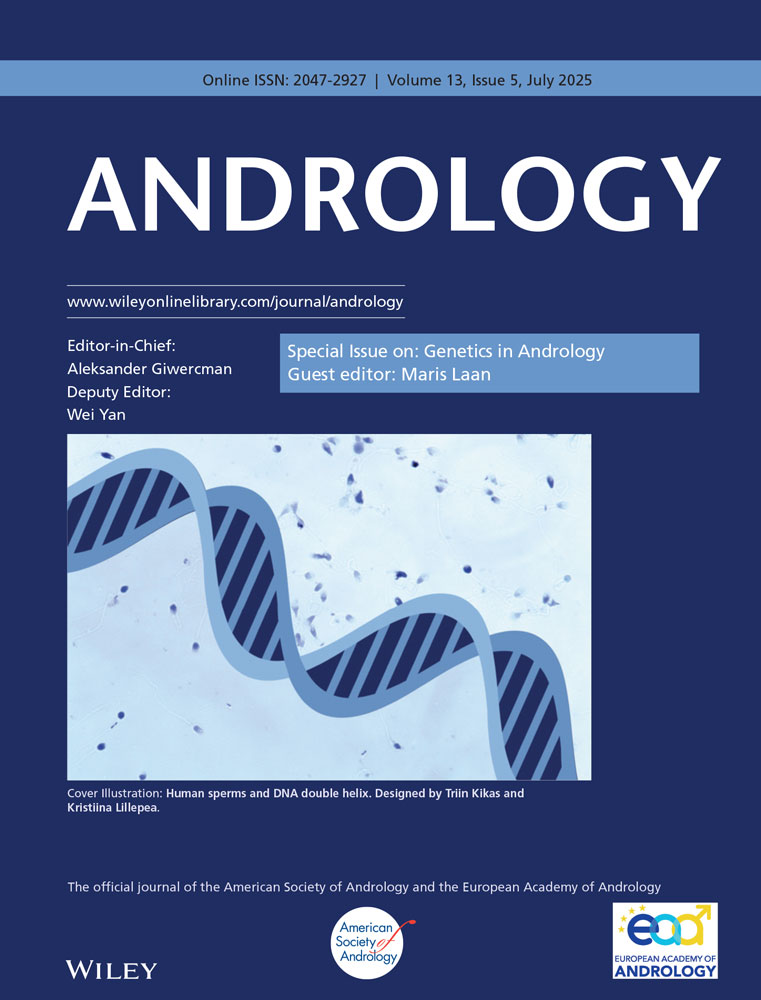Genome sequencing of Pakistani families with male infertility identifies deleterious genotypes in SPAG6, CCDC9, TKTL1, TUBA3C, and M1AP
Muhammad Riaz Khan and Arvand Akbari contributed equally.
Aftab Ali Shah and Donald F. Conrad jointly supervised the project.
Abstract
Background
There are likely to be hundreds of monogenic forms of human male infertility. Whole genome sequencing (WGS) is the most efficient way to make progress in mapping the causative genetic variants, and ultimately improve clinical management of the disease in each patient. Recruitment of consanguineous families is an effective approach to ascertain the genetic forms of many diseases.
Objectives
To apply WGS to large consanguineous families with likely hereditary male infertility and identify potential genetic cases.
Materials and methods
We recruited seven large families with clinically diagnosed male infertility from rural Pakistan, including five with a history of consanguinity. We generated WGS data on 26 individuals (3–5 per family) and analyzed the resulting data with a computational pipeline to identify potentially causal single nucleotide variants, indels, and copy number variants.
Results
We identified plausible genetic causes in five of the seven families, including a homozygous 10 kb deletion of exon 2 in a well-established male infertility gene (M1AP), and biallelic missense substitutions (SPAG6, CCDC9, TUBA3C) and an in-frame hemizygous deletion (TKTL1) in genes with emerging relevance.
Discussion and conclusion
The rate of genetic findings using the current approach (71%) was much higher than what we recently achieved using whole-exome sequencing (WES) of unrelated singleton cases (20%). Furthermore, we identified a pathogenic single-exon deletion in M1AP that would be undetectable by WES. Screening more families with WGS, especially in underrepresented populations, will further reveal the types of variants underlying male infertility and accelerate the use of genetics in the patient management.
CONFLICTS OF INTEREST STATEMENT
The authors declare no conflict of interest.
Open Research
DATA AVAILABILITY STATEMENT
The data that support the findings of this study are available on request from the corresponding author. The data are not publicly available due to privacy or ethical restrictions.




